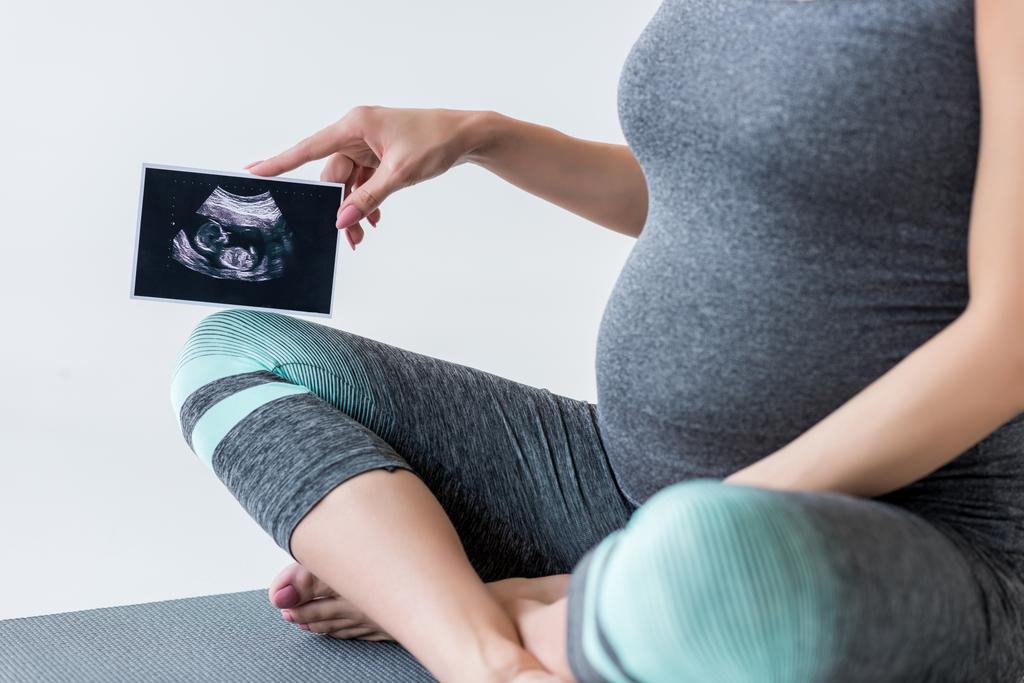Bump and Flex: Safe and Effective Exercises for a Healthy Pregnancy
Welcoming a new life into the world is a joyous occasion, and maintaining a healthy lifestyle during pregnancy is essential for both the mother and the baby. Engaging in safe and effective exercises not only supports physical well-being but also contributes to a smoother pregnancy journey. In this article, we’ll explore a variety of exercises tailored for pregnant women, ensuring a balanced approach to fitness while keeping safety a top priority.
The Importance of Exercise During Pregnancy:
Exercise during pregnancy offers a range of benefits for both the expectant mother and her developing baby. Some key advantages include:
- Boosted Energy Levels: Regular physical activity helps combat fatigue and boosts overall energy levels, providing a natural way to navigate the changes in the body.
- Improved Mood and Mental Health: Exercise releases endorphins, the body’s natural mood enhancers, which can help reduce stress, anxiety, and promote a positive mental state.
- Enhanced Posture and Core Strength: Pregnancy often alters a woman’s posture, and targeted exercises can help maintain core strength, contributing to better posture and reduced back pain.
- Healthy Weight Management: Moderate and appropriate exercise supports healthy weight management during pregnancy, reducing the risk of complications and promoting overall well-being.
- Preparation for Labor: Certain exercises focus on strengthening the pelvic floor and muscles used during labor, potentially making the birthing process more manageable.
Safe Exercise Guidelines for Pregnancy:
Before embarking on any exercise routine during pregnancy, it’s crucial to consult with a healthcare professional. They can provide personalized guidance based on individual health, the stage of pregnancy, and any potential risk factors. Here are some general guidelines for safe and effective exercise during pregnancy:
- Listen to Your Body: Pay attention to how your body feels during and after exercise. If you experience pain, dizziness, or shortness of breath, it’s essential to stop and consult with a healthcare provider.
- Stay Hydrated: Proper hydration is crucial, especially during pregnancy. Drink plenty of water before, during, and after exercise to stay well-hydrated.
- Avoid High-Impact Activities: High-impact activities that involve jumping or sudden movements can strain the joints and may not be suitable during pregnancy. Opt for low-impact alternatives for a gentler workout.
- Modify as Needed: As the body changes during pregnancy, certain exercises may need to be modified. Adapt movements to accommodate your growing belly and ensure comfort.
- Include Warm-Up and Cool Down: Always start with a gentle warm-up to prepare your body for exercise, and finish with a cool-down to help prevent muscle stiffness and reduce the heart rate gradually.
Now, let’s explore specific safe and effective exercises suitable for pregnant women:
1. Prenatal Yoga:
Yoga is known for its gentle and holistic approach to fitness, making it an excellent choice for pregnant women. Prenatal yoga classes often include modified poses and gentle stretches that focus on flexibility, balance, and relaxation. These classes provide an opportunity for expectant mothers to connect with their changing bodies and promote a sense of calm.
2. Swimming and Water Aerobics:
The buoyancy of water reduces the impact on joints, making swimming and water aerobics fantastic options for pregnant women. Water provides resistance for strengthening exercises without putting stress on the joints. Additionally, the feeling of weightlessness can be particularly soothing during pregnancy.
3. Walking:
Walking is a low-impact and accessible exercise that can be easily incorporated into a daily routine. Whether it’s a leisurely stroll around the neighborhood or a brisk walk in the park, walking contributes to cardiovascular health and helps maintain a healthy weight during pregnancy.
4. Prenatal Pilates:
Pilates focuses on core strength, flexibility, and overall body awareness. Prenatal Pilates classes often include modifications for pregnant women, emphasizing controlled movements to improve posture and build strength in a safe and effective manner.
5. Low-Impact Aerobics:
Low-impact aerobics classes designed specifically for pregnant women can provide an enjoyable cardiovascular workout without placing undue stress on the joints. These classes typically incorporate dance-inspired movements and gentle routines.
6. Pelvic Floor Exercises:
Strengthening the pelvic floor muscles is particularly beneficial during pregnancy and can help prevent issues like incontinence. Kegel exercises, which involve contracting and relaxing the pelvic floor muscles, can be performed regularly to promote pelvic floor strength.
7. Stationary Cycling:
Stationary cycling is a low-impact exercise that supports cardiovascular health while minimizing strain on the joints. It’s an excellent option for those who enjoy cycling but want a gentler alternative during pregnancy.
8. Resistance Training with Light Weights:
Using light weights or resistance bands can help maintain muscle tone and strength during pregnancy. Focus on controlled movements and avoid heavy lifting to prevent strain on the joints.
9. Stretching Exercises:
Gentle stretching exercises, such as prenatal stretches or modified yoga poses, can help alleviate muscle tension and improve flexibility. These exercises can be incorporated into a daily routine to promote overall comfort.
10. Prenatal Dance Classes:
Dance classes designed for pregnant women offer a fun and engaging way to stay active. These classes often incorporate movements that are












